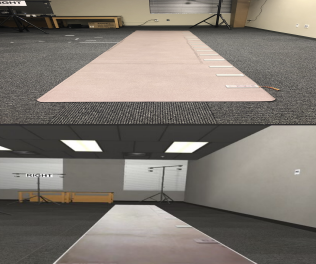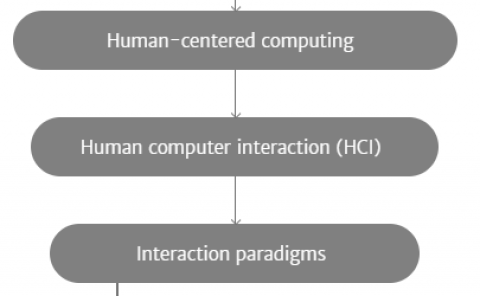Vibrotactile Feedback to Make Real Walking in Virtual Reality More Accessible
PubDate: Aug 2022
Teams: University of Texas at San Antonio
Writers: M. Rasel Mahmud, Michael Stewart, Alberto Cordova, John Quarles
PDF: Vibrotactile Feedback to Make Real Walking in Virtual Reality More Accessible

Abstract
This research aims to examine the effects of various vibrotactile feedback techniques on gait (i.e., walking patterns) in virtual reality (VR). Prior studies have demonstrated that gait disturbances in VR users are significant usability barriers. However, adequate research has not been performed to address this problem. In our study, 39 participants (with mobility impairments: 18, without mobility impairments: 21) performed timed walking tasks in a real-world environment and identical activities in a VR environment with different forms of vibrotactile feedback (spatial, static, and rhythmic). Within-group results revealed that each form of vibrotactile feedback improved gait performance in VR significantly (p < .001) relative to the no vibrotactile condition in VR for individuals with and without mobility impairments. Moreover, spatial vibrotactile feedback increased gait performance significantly (p < .001) in both participant groups compared to other vibrotactile conditions. The findings of this research will help to make real walking in VR more accessible for those with and without mobility impairments.


